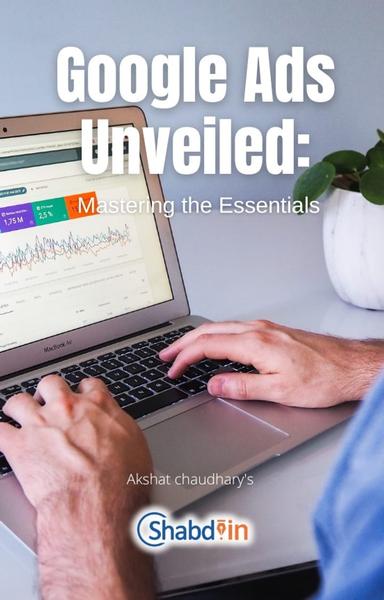In the dynamic realm of digital advertising, precision is essential. To make the most of your Google AdWords campaigns, you need to ensure that your ads are not only reaching the right audience but also appearing at the most opportune times and on the right devices. This is where device and time targeting comes into play. In this chapter, we'll delve into the significance of device and time targeting, how they work, and how you can harness these features to optimize your advertising efforts.

Understanding Device Targeting:
Device targeting in Google AdWords allows advertisers to specify which types of devices their ads should appear on. This includes desktops, laptops, tablets, and mobile devices. Given the diversity of devices used by consumers today, effective device targeting is critical for delivering a seamless user experience.
Why Device Targeting Matters:
Device targeting matters for a variety of reasons:
User Experience: Different devices offer distinct user experiences. Ads that are tailored to the specific characteristics and capabilities of a device tend to perform better and engage users effectively.
Relevance: Ensuring that your ads are displayed on devices where your target audience is most likely to interact with them increases their relevance, which can lead to higher click-through rates and conversions.
Budget Allocation: Device targeting allows you to allocate your budget more efficiently by focusing on devices that yield the best results for your campaign objectives.
Types of Device Targeting:
Google AdWords offers several device targeting options, including:
Desktop and Laptop: You can target users on traditional computers, which are ideal for tasks requiring extensive research or complex interactions.
Tablet: Target users on tablet devices, which are often used for browsing and shopping on-the-go.
Mobile: Target users on smartphones, which are a ubiquitous platform for online activities. Mobile targeting is particularly crucial for location-based businesses and apps.
How Device Targeting Works:
Advertisers can specify device targeting settings at the campaign level in Google AdWords. When setting up a campaign, you can choose which devices you want your ads to appear on. This allows you to tailor your ad creatives, bids, and landing pages to suit the selected devices.
For example, if you're promoting a mobile app, you can create a campaign that exclusively targets mobile devices. This ensures that your ads are optimized for mobile users and provides a seamless experience when they click through to download the app.
Understanding Time Targeting:
Time targeting, also known as ad scheduling, enables advertisers to determine when their ads are displayed during the day and on which days of the week. This level of control over ad timing is invaluable for businesses with specific hours of operation or for those aiming to reach their audience at the most opportune moments.
Why Time Targeting Matters:
Time targeting is crucial for several reasons:
Optimal Timing: Different businesses may find that their target audience is most active during specific hours or on particular days. Time targeting ensures that ads are displayed when potential customers are most likely to engage.
Budget Efficiency: Advertisers can allocate their budget to high-converting times and reduce spending during less productive periods, optimizing their ROI.
Ad Customization: By tailoring ad creatives and messaging to match the time of day or specific events (e.g., holidays, sales), advertisers can enhance relevance and effectiveness.
How Time Targeting Works:
Time targeting can be configured at the campaign level in Google AdWords. Advertisers can select the specific days of the week and times of day when they want their ads to appear. This allows for highly granular control over ad scheduling.
For instance, a restaurant may choose to run ads during lunch and dinner hours on weekdays and extend their ad schedule on weekends when they expect higher customer traffic.
Advanced Device and Time Targeting Strategies:
Bid Adjustments: You can use bid adjustments to increase or decrease your bids for specific devices or times of day, based on their performance.
Combining Targeting Options: Advertisers often combine device and time targeting to create highly customized campaigns. For example, a retailer might increase mobile bids during peak shopping hours on weekends.
Data Analysis: Regularly review performance data to identify trends and opportunities. Adjust your targeting settings accordingly to maximize results.
Device and time targeting are powerful features in Google AdWords that enable advertisers to fine-tune their campaigns for optimal reach, relevance, and efficiency. By understanding the preferences and behaviors of your target audience across different devices and times, you can craft ad experiences that resonate and drive meaningful results. Device and time targeting, when used strategically, can be the key to unlocking the full potential of your digital advertising efforts.










